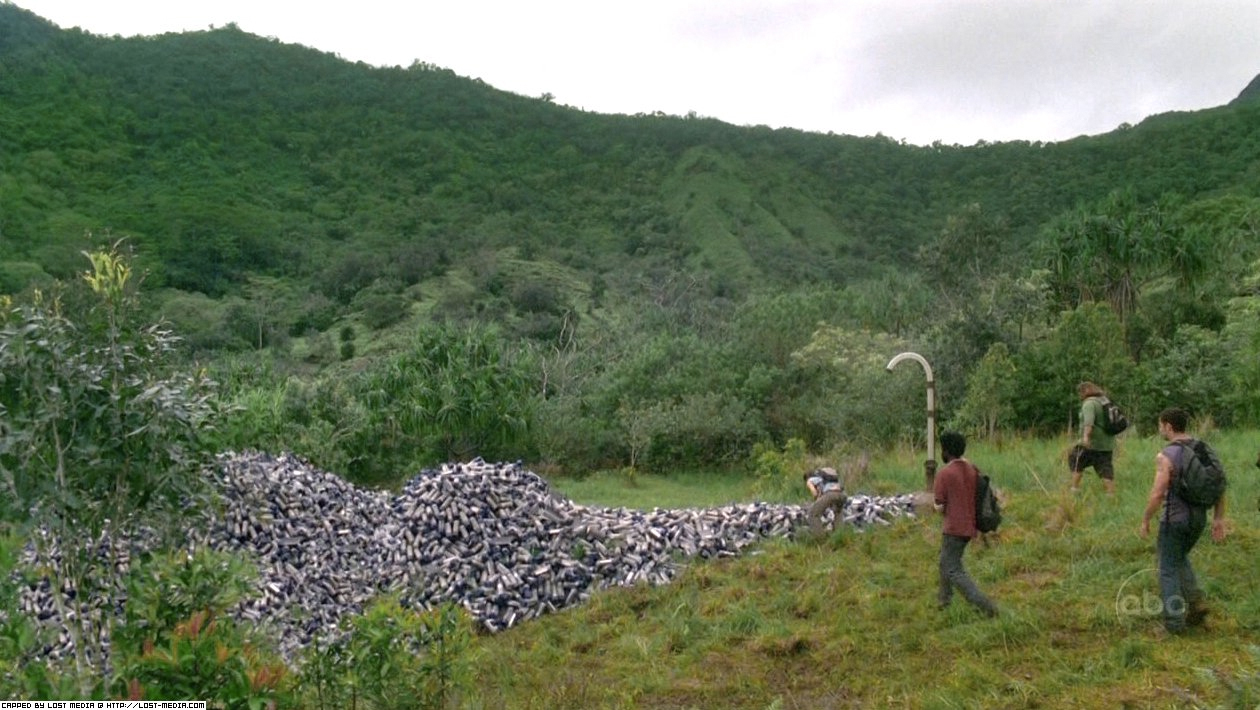How do we use our existing skills and knowledge to support the Black Lives Matter movement? In addition to using my social media voice, I want to inspire ppl to use their creativity and skills to make tangible change.
I know how to make cool stuff with new technology.
I professionally create 3D models for a living.
I created a beautiful black rose with Gravity Sketch, made fully in VR. It is available on Sketchfab for $10. 100% of the proceeds will go to support the Black Lives Matter movement. Half will go to Black Girls Code (structural change), and the other half to Color of Change (local action).
Use this asset for your VR/AR projects. Use it to populate your VR environments (if you want, the rose’s color/shader can be easily edited). Put it into a vase in your VR office environments. Place it into your virtual Animal Crossing island and water these black roses with your golden watering can. Either way, you’ll be showing your support to Black Lives Matter by donating $10 for the asset, and it’ll be free for you to use.
I believe there needs to be more accessibility to young black creators, especially those who want to use tech and make cool things with new tech. Below is a free tutorial for making an Augmented Reality filter using the black rose asset.
To young black creators: I’ll give you the file for free. DM me on IG, Twitter, or FB. :) I’d love to see your creations!
1. Download the 3D Model from Sketchfab: https://skfb.ly/6SUQY
2. Download SparkAR: https://sparkar.facebook.com/ar-studio/download/
3. In SparkAR, create a New Project with the Head Decoration template
You’ll see the new project open and a demo of a man with a AR hat.
In the left side menu, look for the PAUSE button to stop the demo animation. This will help with the next steps.
4. At the bottom of the left menu, click on + Add Asset. Then select Import from Computer…
Choose the Sketchfab downloaded file.
5. Drag “blackrose” from the Assets window, and drop it to the Scene window where it says “dragHere”. This creates it as a ‘prefab’ in the Scene.
Delete the thing that says “deleteMe” :)
6. In the Assets menu, select the thing that says “Standard000000”. (This is called a Shader btw, and is what gives the rose a black color).
On the right hand menu, you can click on the Color box and adjust the color to be a little bit lighter so you can see all the details on the model. Also click on the box that says “Double Sided [x]” so it is selected. This will make sure the model will appear correctly for the filter!
7. Right Click on “blackrose” prefab. Select Duplicate. Do this so then there are 3 “blackrose” prefabs total.
It should look something like this. Double-check and make sure your blackrose prefabs are in the same structure as mine on the left menu. :)
8. Positioning and Rotation of roses. Choose one of the blackrose prefabs, then at the top of the menu, look for the POSITION and ROTATION buttons. These are the tools you’ll use to position your roses
Edit the position and rotation of the roses to your liking! Press the “PLAY” button on the left bar (where “PAUSE” button was before) to see if the roses look good at all angles.
9. Activate your computer’s camera to see how you look with your creation! Above the Play/Pause button, click on the CAMERA button. Choose your camera (mine is called “FaceTime HD Camera”) and click PLAY! Make any edits for the rose positions if you need.
10. Look super cute~
Congratulations on making your SparkAR project!
Do you want to share your creation on Instagram? Read about submitting it to the Spark AR Hub here.
Thanks for following alone, and thanks for supporting BLM by purchasing the black rose 3D model on Sketchfab!

















